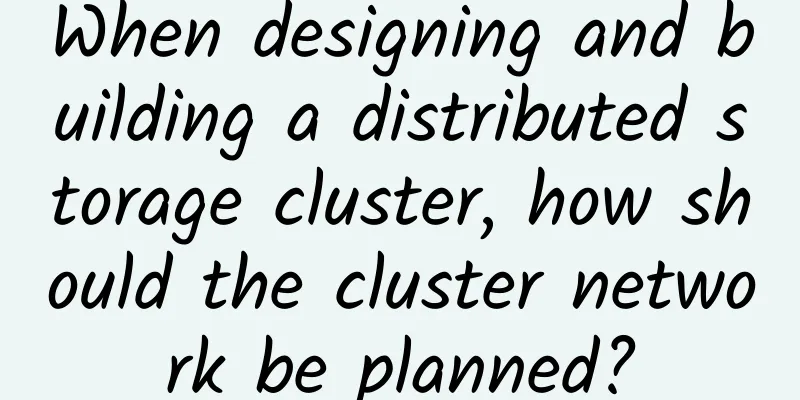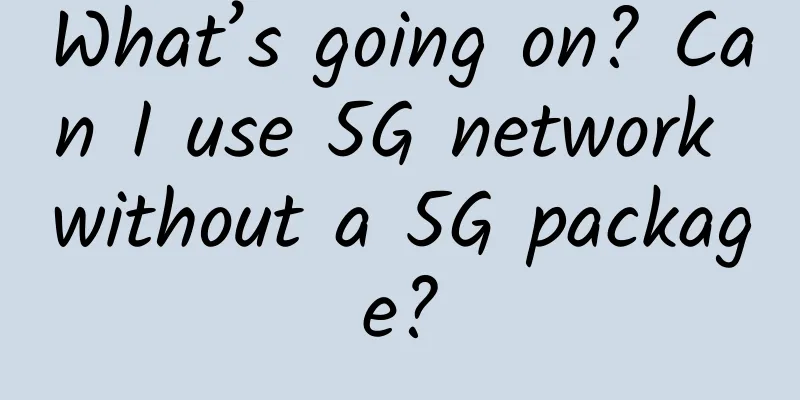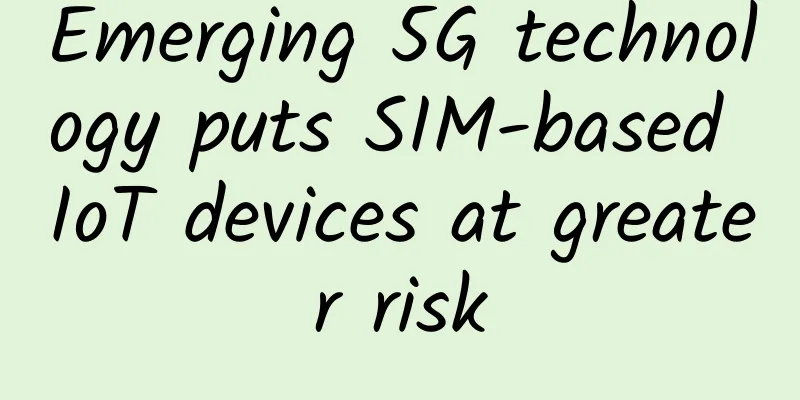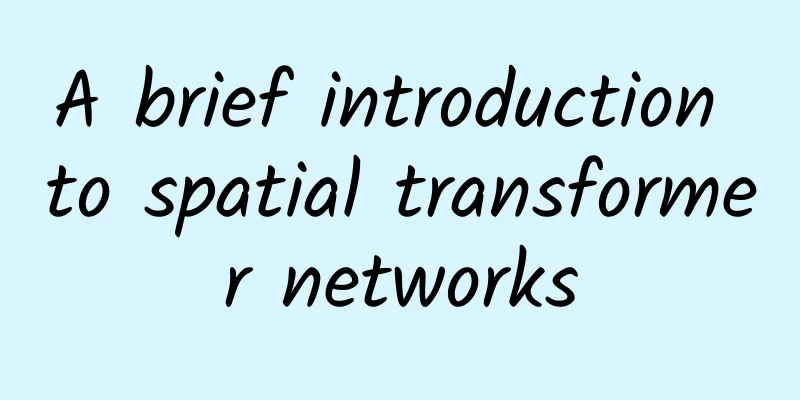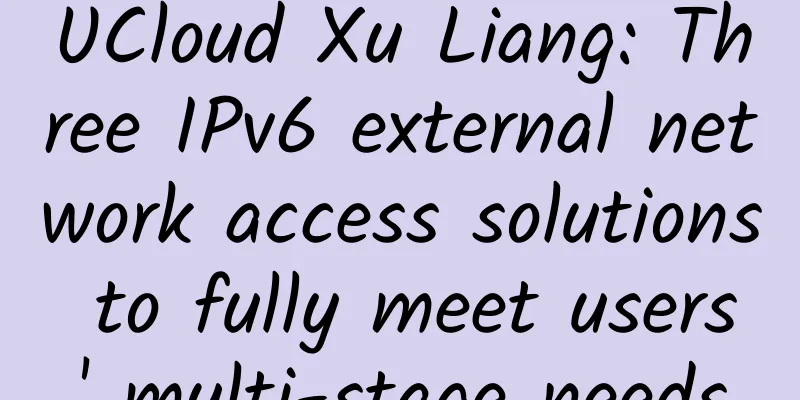Are you ready for network automation?

|
This article is reprinted from the WeChat public account "Network Optimization Mercenary", the author is in correspondence. To reprint this article, please contact the WeChat public account "Network Optimization Mercenary". Some time ago, I saw an operation and maintenance development forecast of a certain operator, which pointed out that the operation and maintenance personnel structure will undergo tremendous changes in the future. With the development of network cloudification and AI-based automation technology, the proportion of software support talents will increase from 30% in the 2/3/4G era to 70%, the proportion of field support talents (such as network monitoring) will decrease from 20% to 0-5%, and the proportion of field maintenance personnel (such as base station maintenance) will decrease from 50% to 0-5%. Simply put, in the era of intelligent operation and maintenance, the number of software-oriented talents will increase significantly, while the number of on-site monitoring and site maintenance personnel will decrease significantly. A revolution in network automation is coming, are you ready? Automation is key to 5G commercial success The biggest problem facing operators today is how to convert the huge annual investment in 5G network infrastructure into new service revenue? I guess everyone knows the answer, which is to provide customized services for various industries through network slicing based on a cloud-network integrated infrastructure. In other words, selling slice services to vertical industries is the main new source of revenue for operators in the 5G era. However, the problem is that network slicing involves multiple domains such as wireless access, edge, transmission, and core. All the work involved in slice design, slice configuration, resource allocation, and slice SLA guarantee is very complicated. When industry users rent slices from operators, they often require operators to open slices within a few hours or even minutes. How can operators deliver slice services agilely? Only automation. Ideally, automatic slice configuration, automatic issuance, and automated assurance can enable operators to have agile delivery capabilities, thereby ensuring the addition of new toB revenue sources and more economical and efficient use of network resources. Network automation is a key factor for operators to achieve "increased revenue" in the 5G era. According to the survey results of more than 200 operators worldwide by multiple research companies, most operators around the world first value the "increased revenue" ability of network automation, that is, to increase revenue by improving on-demand service capabilities and agile delivery capabilities through network automation. In addition to "increasing revenue", network automation can also help operators reduce operation and maintenance costs and improve operation and maintenance efficiency, thereby achieving "cost reduction and efficiency improvement" and then "increasing revenue and reducing expenditure". For example, core network automation can greatly improve fault prediction, network orchestration and traffic congestion control capabilities, wireless access network automation can greatly improve network root cause analysis and wireless slicing efficiency, and network management center automation can achieve monitoring automation, work order automation, and report automation. At the same time, network automation can also improve user experience and significantly reduce user churn, as well as reduce network energy consumption, improve network security and stability, etc. Have to automate In fact, the telecommunications industry has now reached a point where it has to "automate". 1. The network is becoming more and more complex: 2G/3G/4G/5G network devices are constantly stacked, and the complexity of maintenance and management objects is greatly increased; 2. The scope of fault impact is getting wider and wider: The number of connections is increasing, and the business is becoming more and more diversified, resulting in a wider and wider scope of impact of a single fault; 3. Fault repair is becoming increasingly difficult: The increasing complexity of networks and the coexistence of cloud networks and traditional networks have made fault location and demarcation increasingly difficult; 4. There is a growing shortage of O&M talent: Newcomers are reluctant to join, veterans want to leave, and ICT convergence places increasingly high demands on O&M skills, leading to a gap in the capabilities and quantity of O&M talent. 5. Increasingly high service experience requirements: Traditional operation and maintenance is called "passive operation and maintenance". The operation and maintenance process is initiated only after a network alarm, abnormal performance indicators, or user complaints occur. This method has a slow response speed and affects the user experience. It can no longer adapt to the 5G toB era, which has extremely high requirements for network quality and stability. It needs to evolve to "active operation and maintenance", that is, by introducing AI to predict network behavior, network risks can be nipped in the bud before a failure occurs. Opportunities and challenges coexist Automation sounds like a panacea for operators to solve network and business revenue problems, but like any transformation, the road to implementation is always full of thorns. The first challenge is investment. Automation transformation will definitely cost money, and the larger the scale, the higher the investment cost. Whether operators are willing to spend money and how much they are willing to spend to deploy network automation is a question. Because the value and return on investment generated by network automation do not bring immediate income like the launch of new services, this tests the foresight and courage of decision-makers. The second is the challenge of transformation. As part of the digital transformation of operators, network automation faces not only technological changes, but also the transformation of corporate organizational structure and culture. For example, how to transform from a "network-centric" organizational structure to a "business-centric" organizational structure, how to transform from a traditional way of working to a DevOps way, and how to transform from a hardware culture to a software culture. It is said that it took nearly 30 years to completely replace steam engine factories with electricity. The reason is not how difficult it is to electrify, but mainly because after the factory is electrified, it takes time to not only redesign the factory, but also to change the factory's organizational structure and even the design of the wage system. Today, if AI is to be integrated into every aspect of network work, similar challenges will also be faced. The next challenge is fragmentation. The operator's network may be one of the most complex systems on the planet. Without systematic planning, various automation tools may be isolated, and manual intervention and semi-automated processes may be intertwined, resulting in unnecessary costs and difficulty in improving efficiency. In short, network automation is a huge opportunity, but it also faces many challenges. However, small stones can never stop the rolling torrent of trends. Automation is not a question of whether it will come, but a question of when it will come. If you are not prepared, you are prepared to fail. Are you ready for this network automation revolution? |
<<: Let’s talk about whether 5G really consumes more power?
Recommend
Created a debuggable gRPC GUI client
[[437208]] This article is reprinted from the WeC...
Report: Global Private 5G Networks Will Take Enterprises to the Next Level!
A recent analysis by Frost & Sullivan shows ...
TCP state transition and production problem practice
The previous article introduced the main processe...
5G empowers the IoT ecosystem, and co-creation of solutions is the key
[[406782]] In addition to vendors working more cl...
Major challenges and development trends of data center network technology in Internet projects
The network is the most stable part of the data c...
In 2021, the development of 6G in various countries will accelerate, and the deployment of network satellites will become the focus.
Although 5G has only just become a reality, techn...
Analysis of the advantages and disadvantages of the six categories of wireless connection technologies for the Internet of Things
IoT applications have penetrated into our lives, ...
Where can I find the IP address of my router?
When we need to set up a wireless router, we need...
How should we carry out continuous delivery of software based on containers (I)
Overview In the past period of time, containers h...
Is your cloud still manual? Five indispensable tools for cloud computing and infrastructure automation
No tool is omnipotent, but we can still find exce...
Meeting the Challenges of Multi-Cluster Kubernetes
[[441857]] 【51CTO.com Quick Translation】 As more ...
Enterprise router purchasing: Start by reviewing border routers
In the past, routers had only one purpose - to ro...
The Ministry of Industry and Information Technology held a special meeting on 5G/6G technology
On May 12, the Ministry of Industry and Informati...
SDN: From ideal to reality
SDN is more than 10 years old. When it first came...
What? 5G early packages are released
The future is coming, and 5G is expected to be an...
